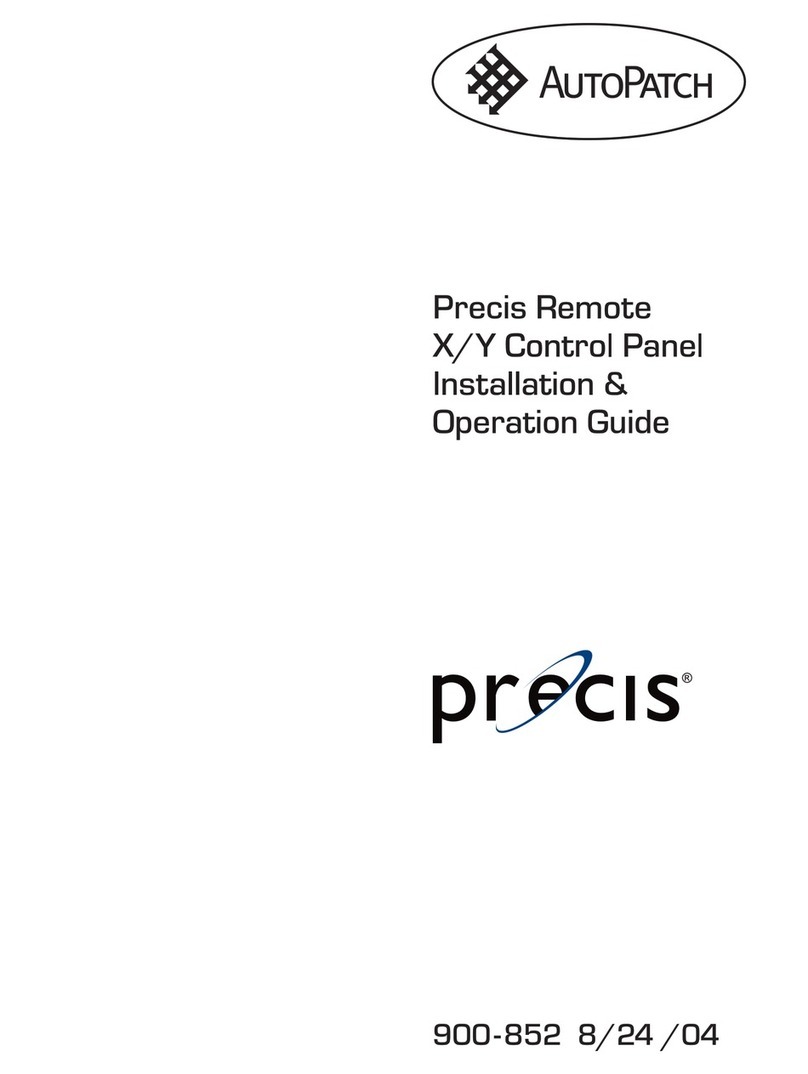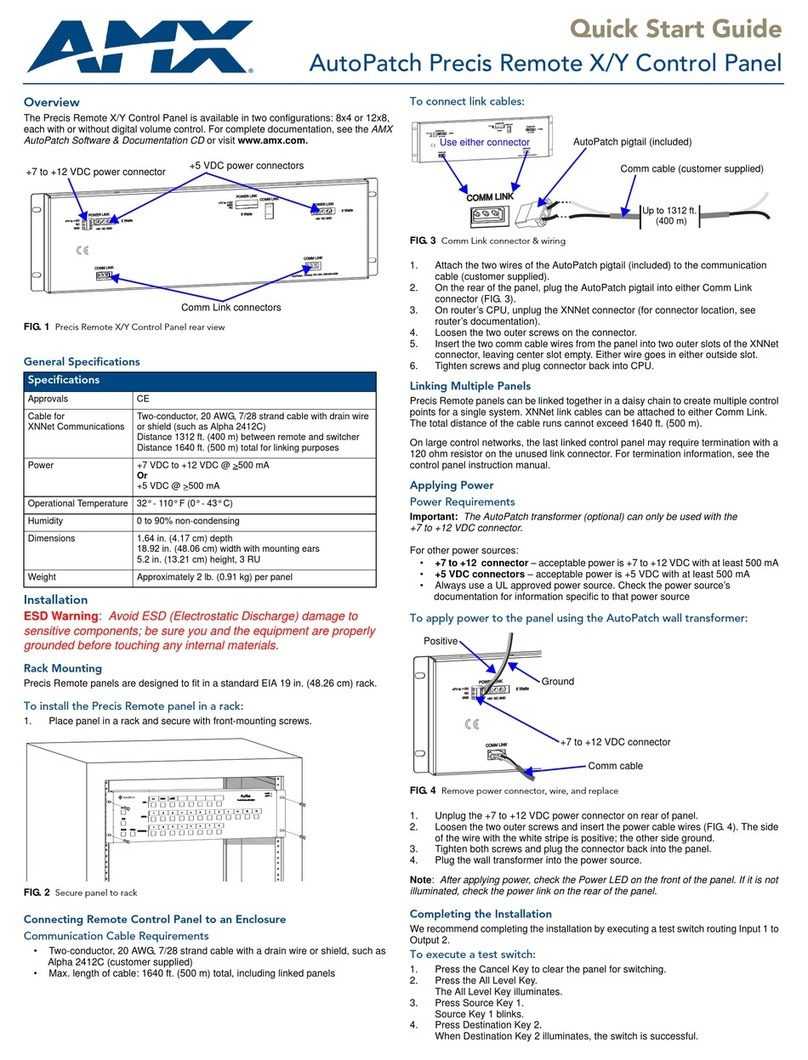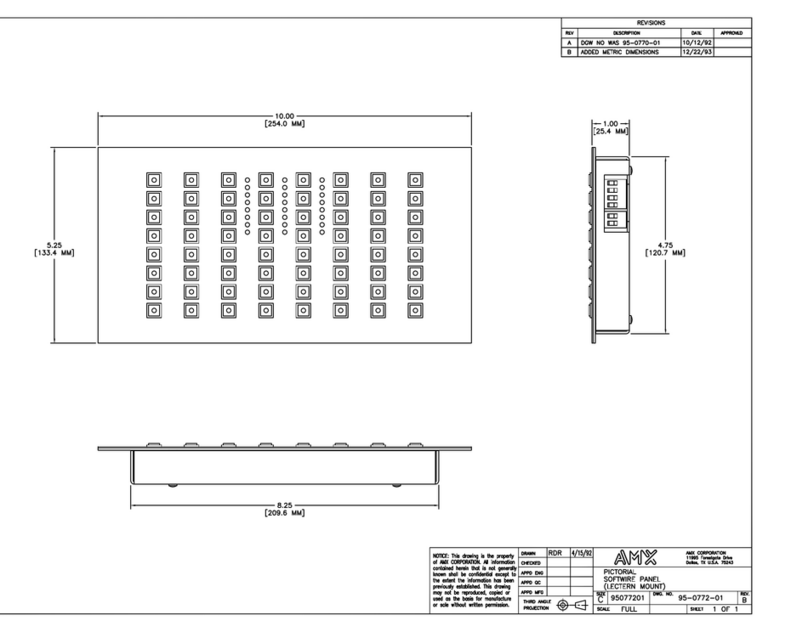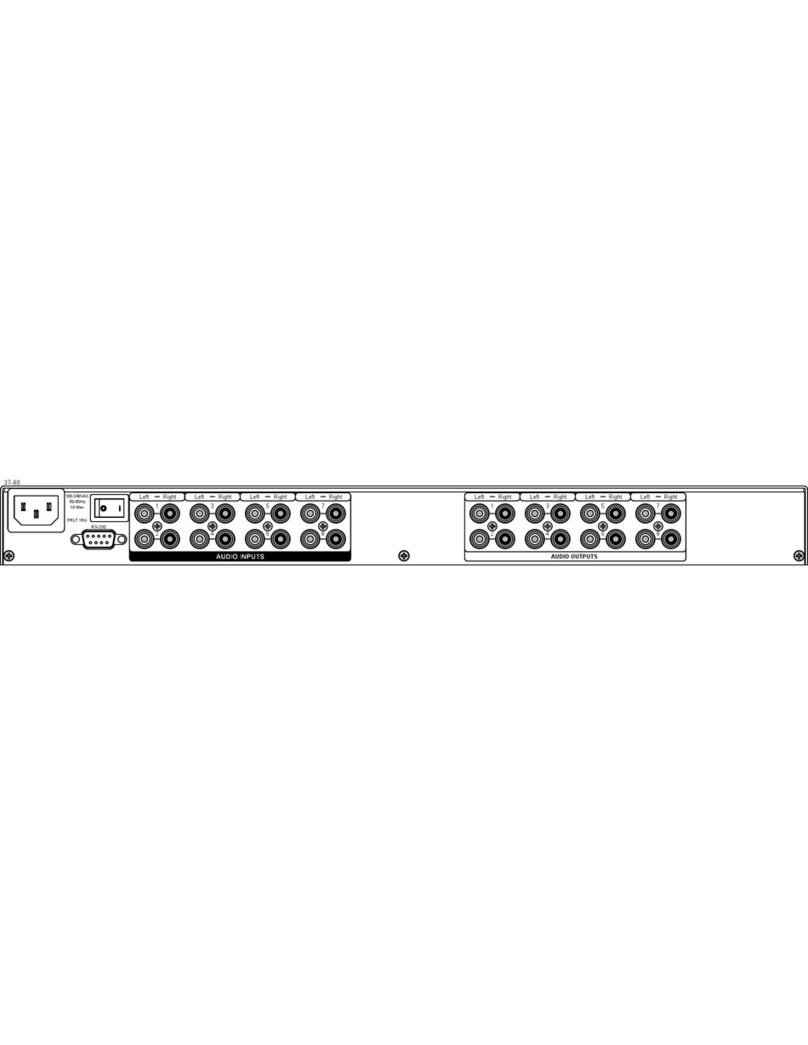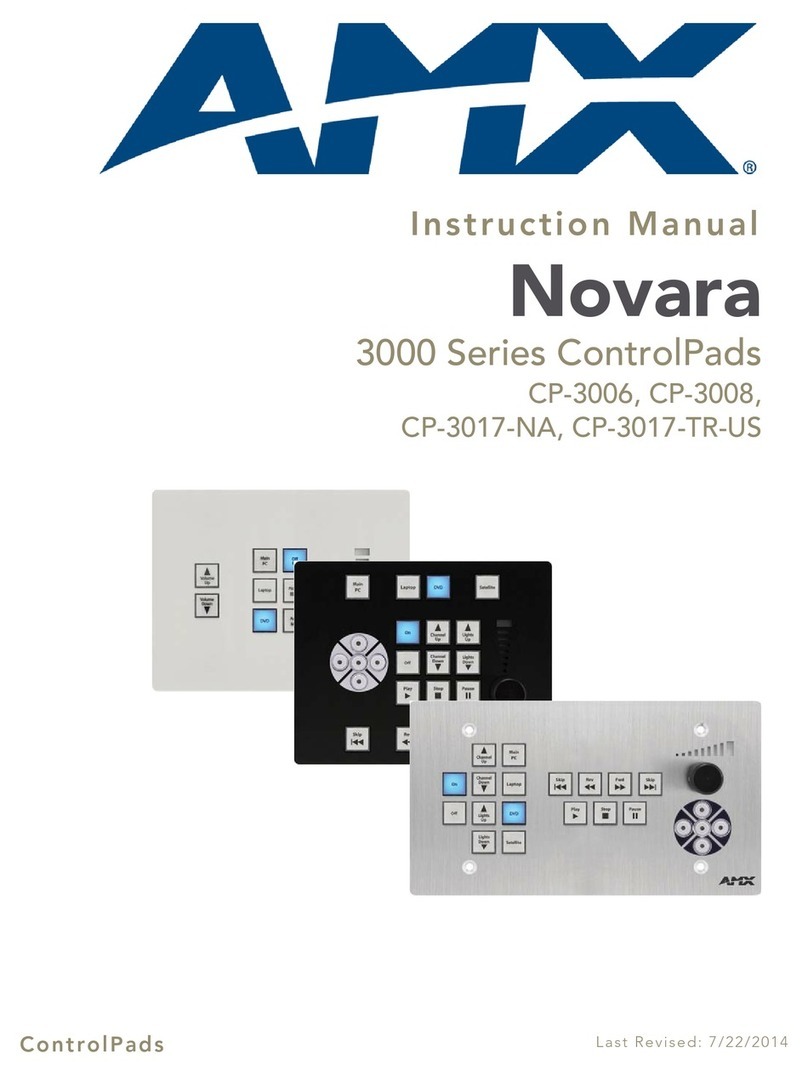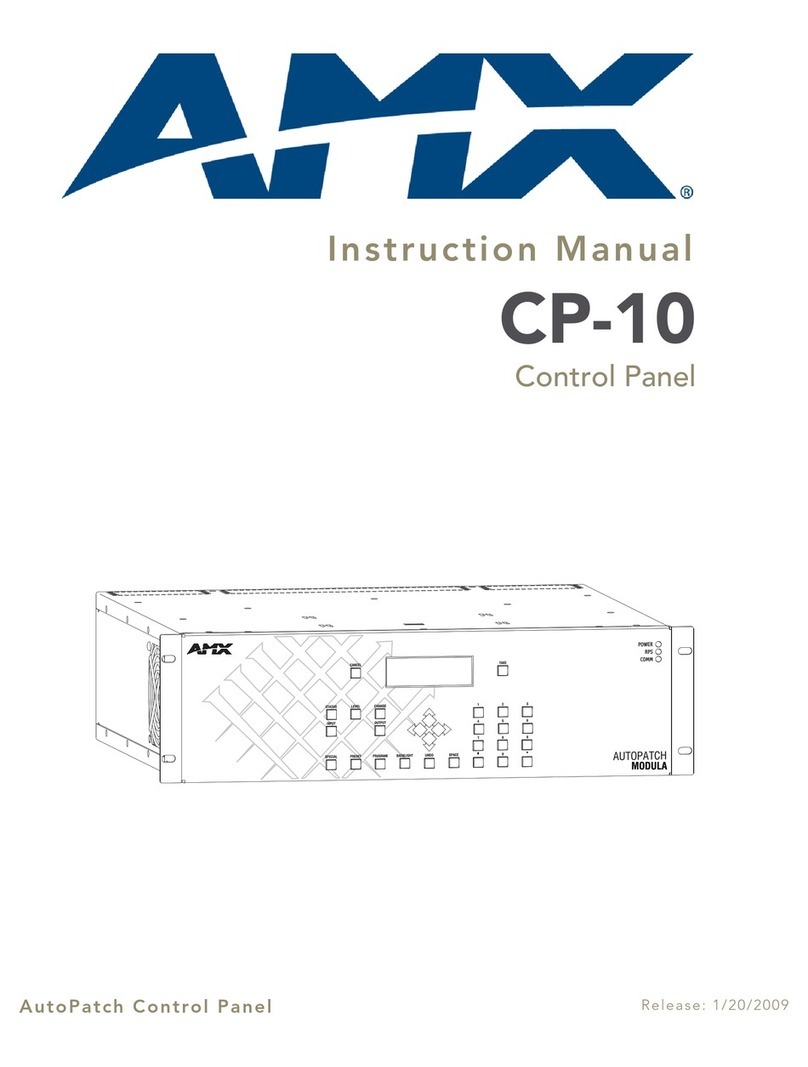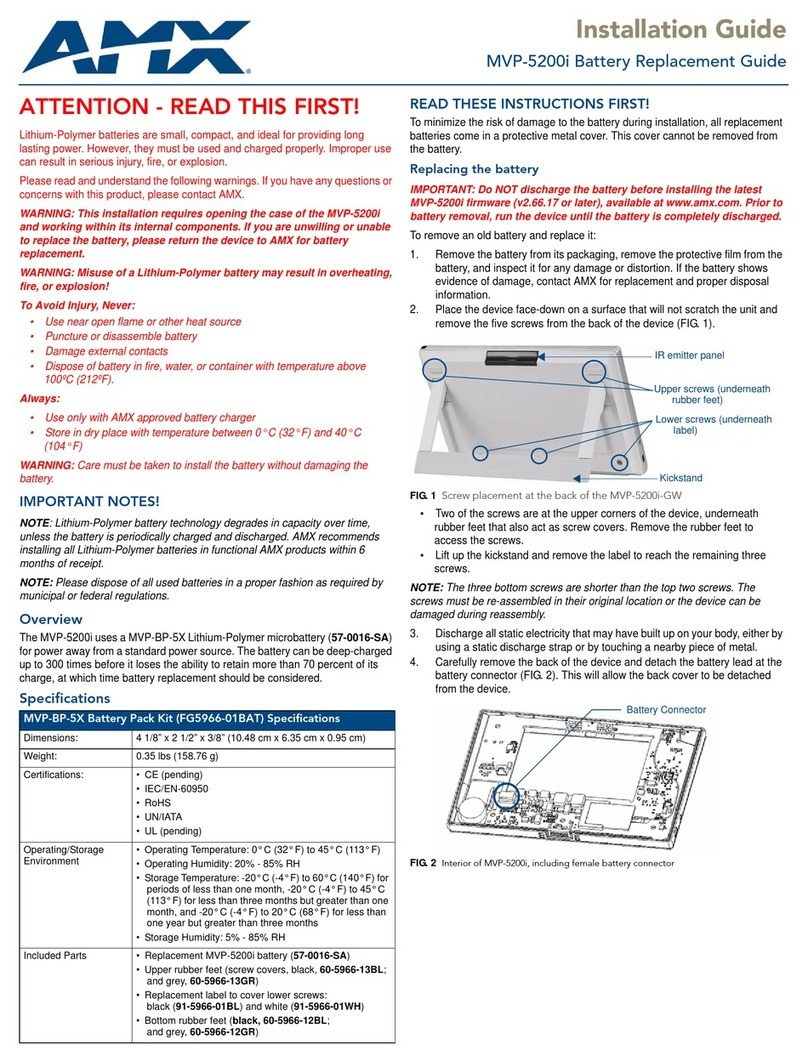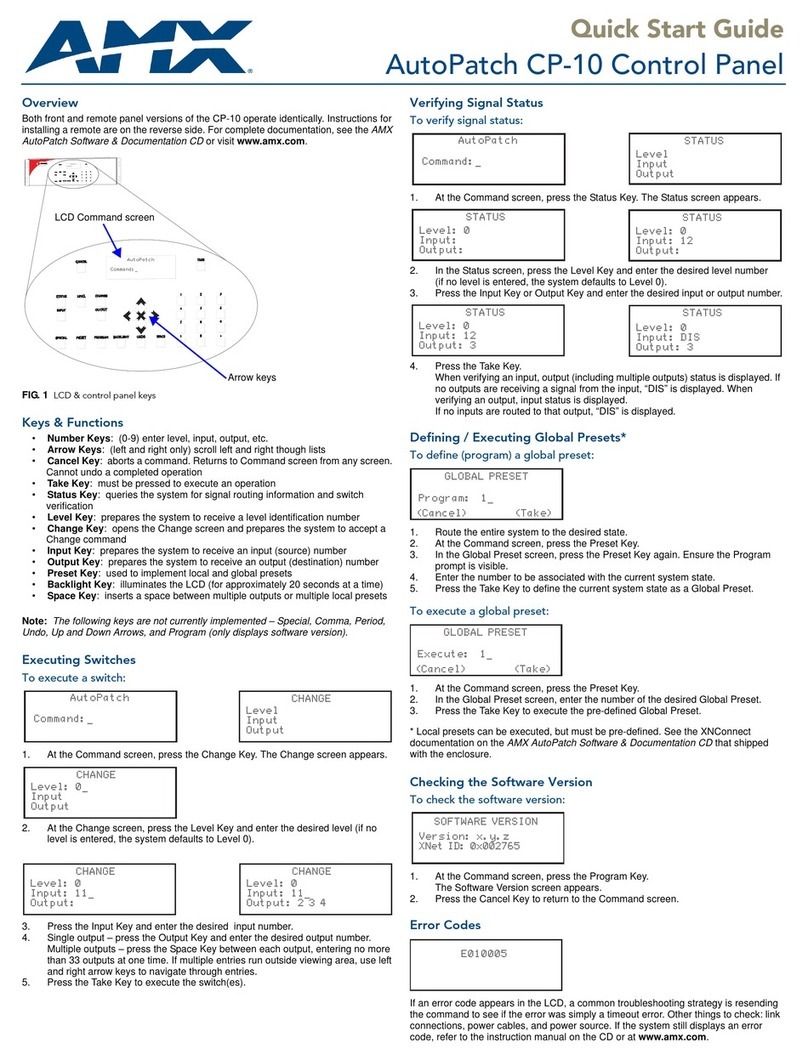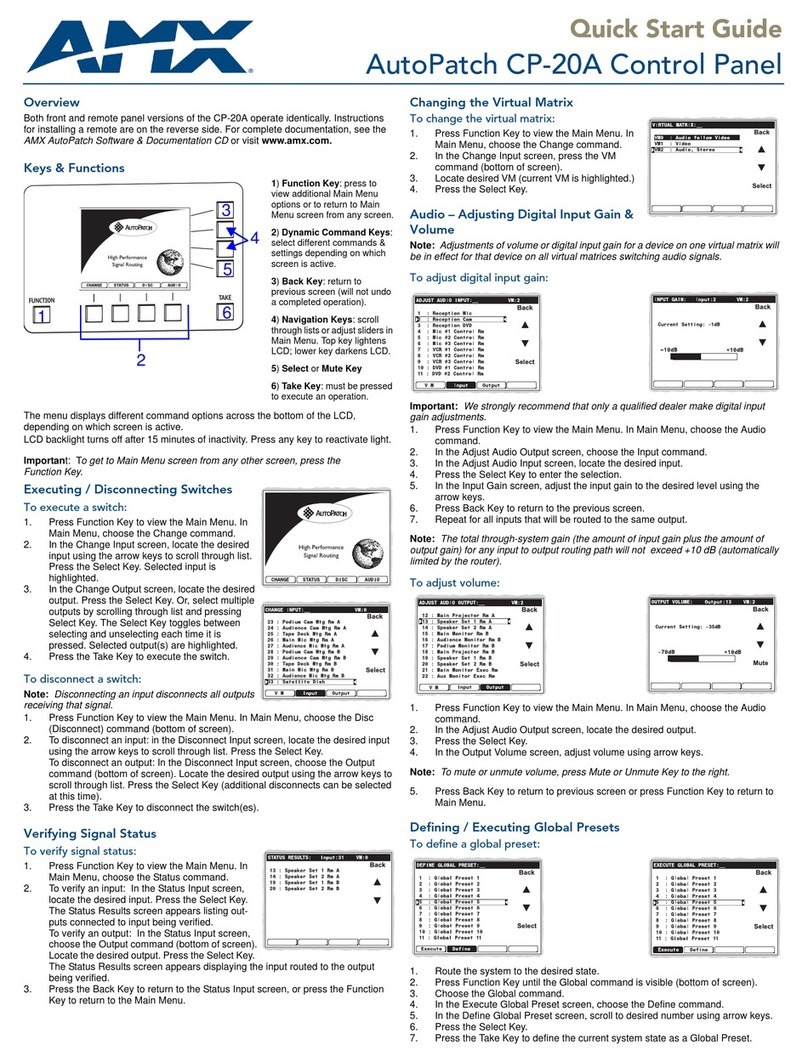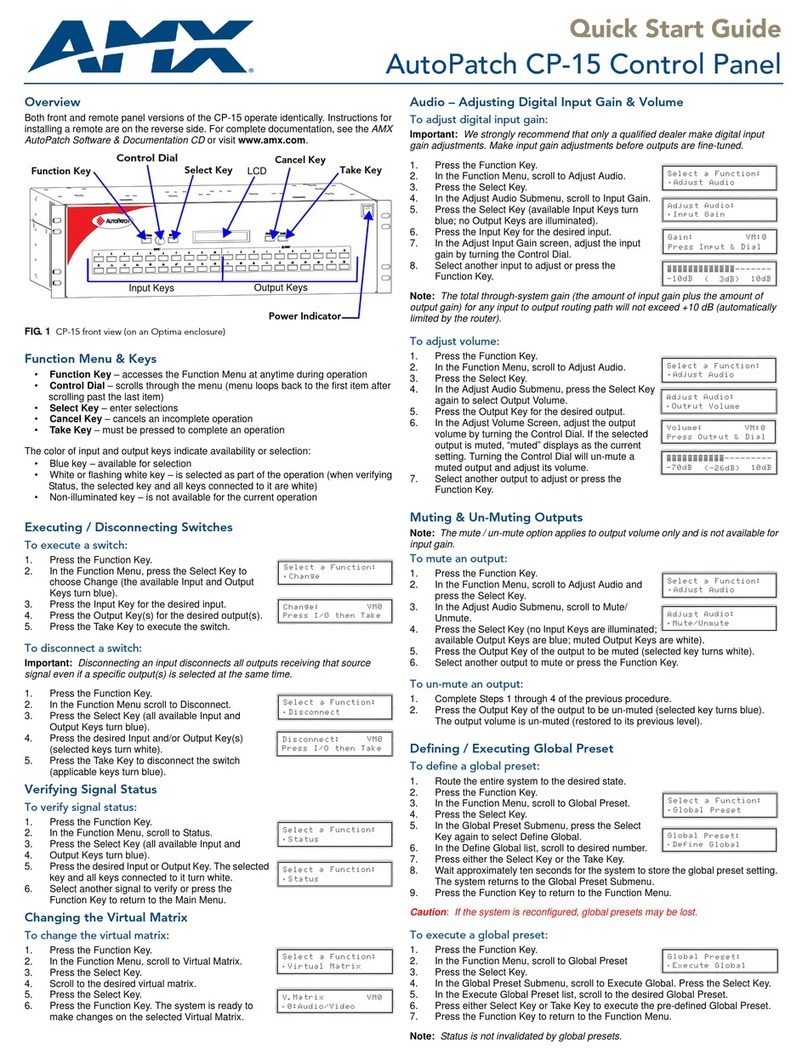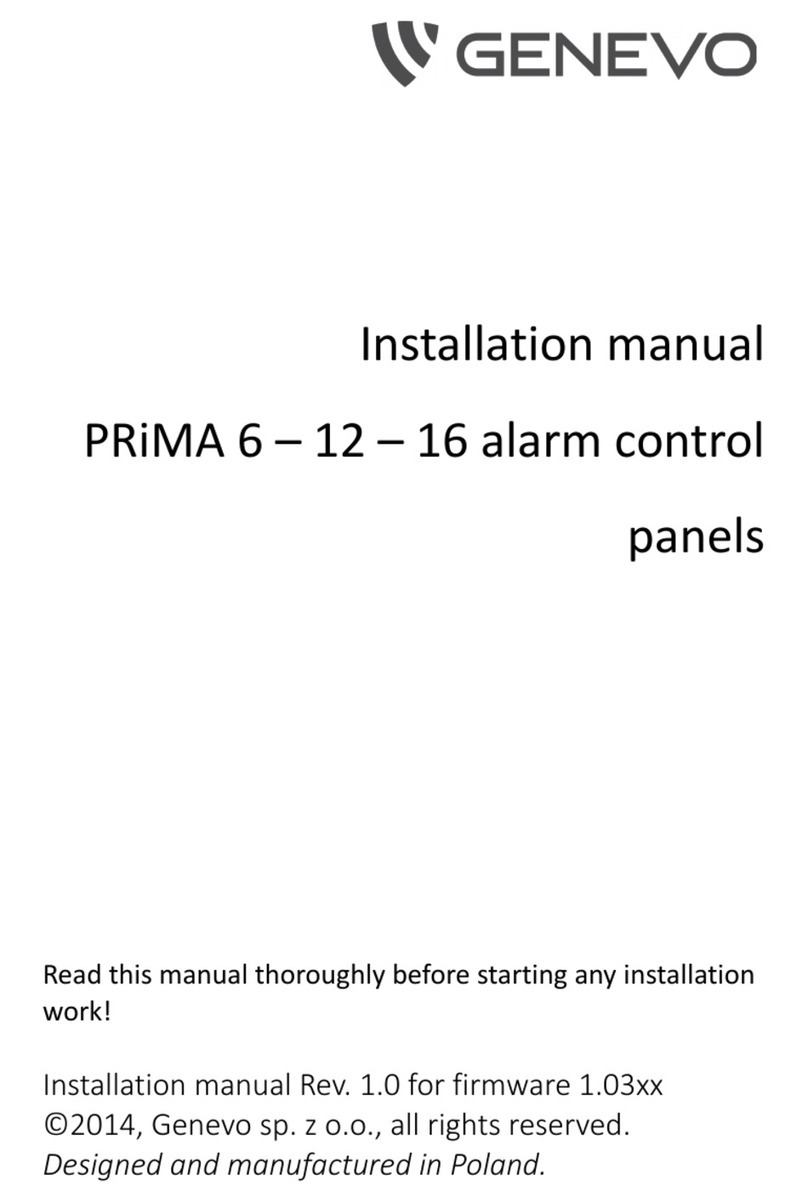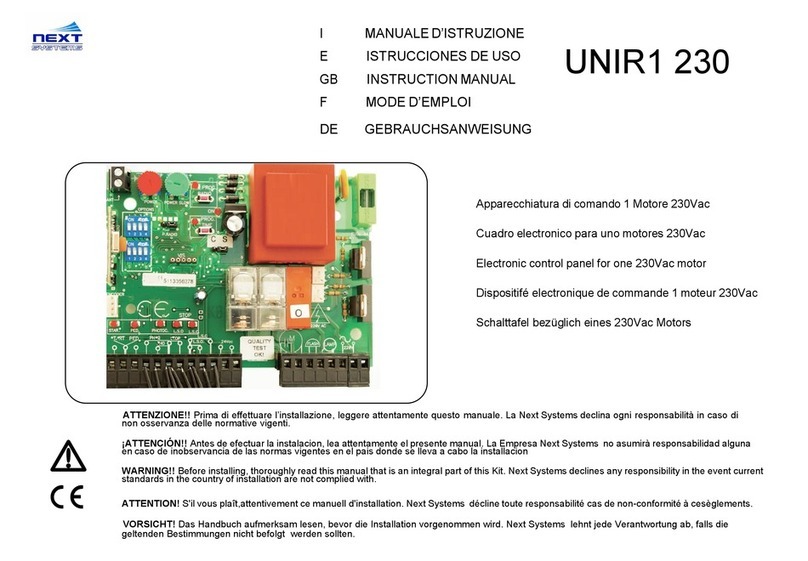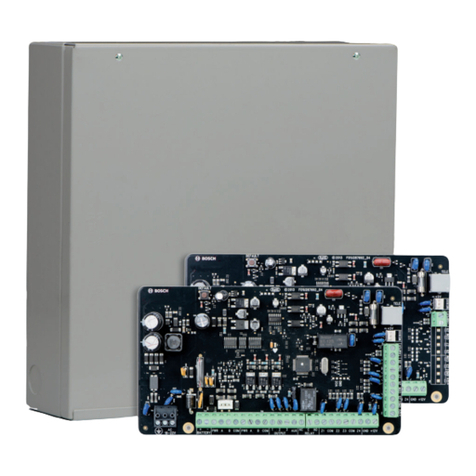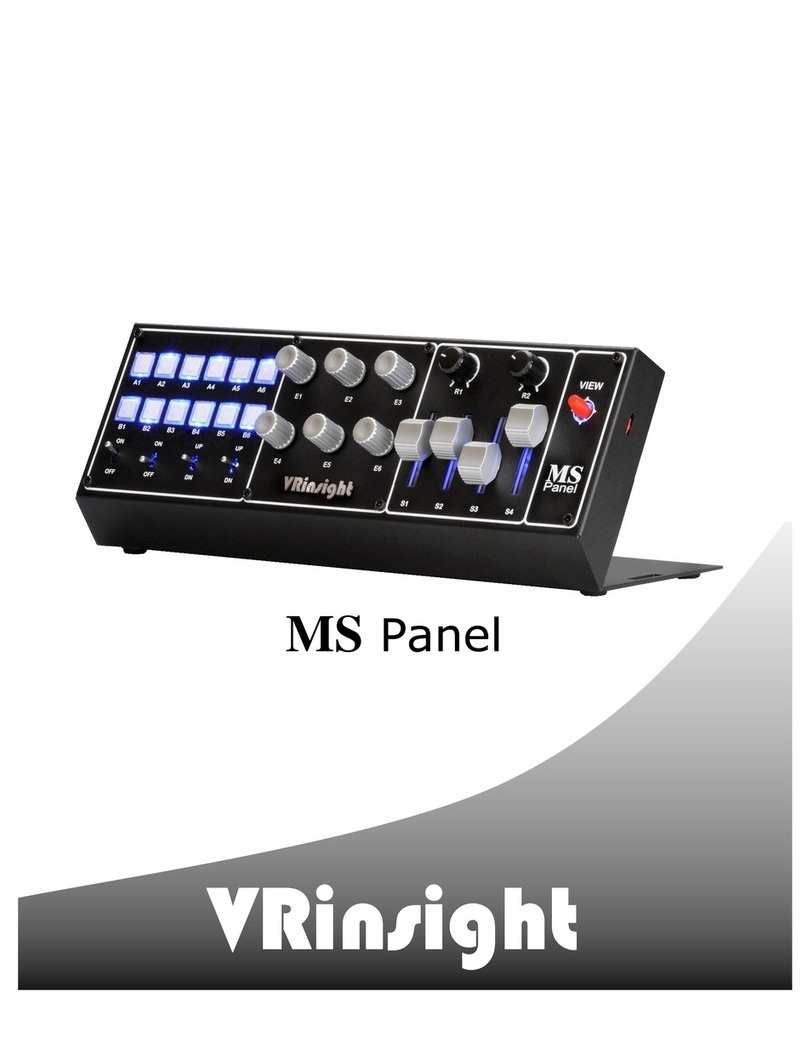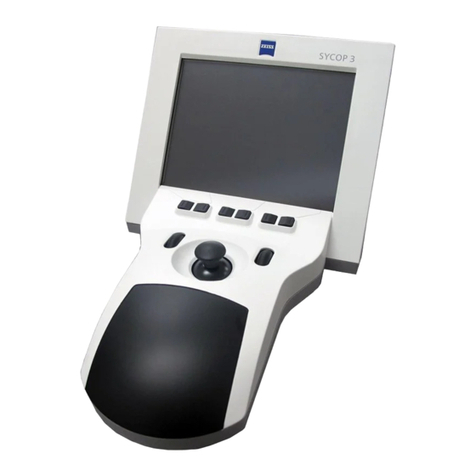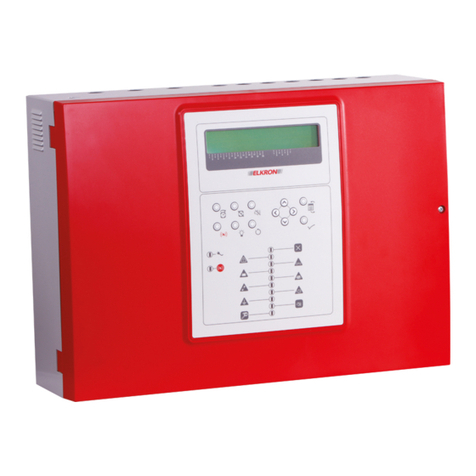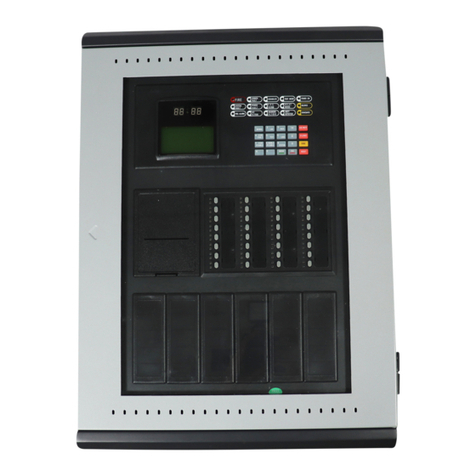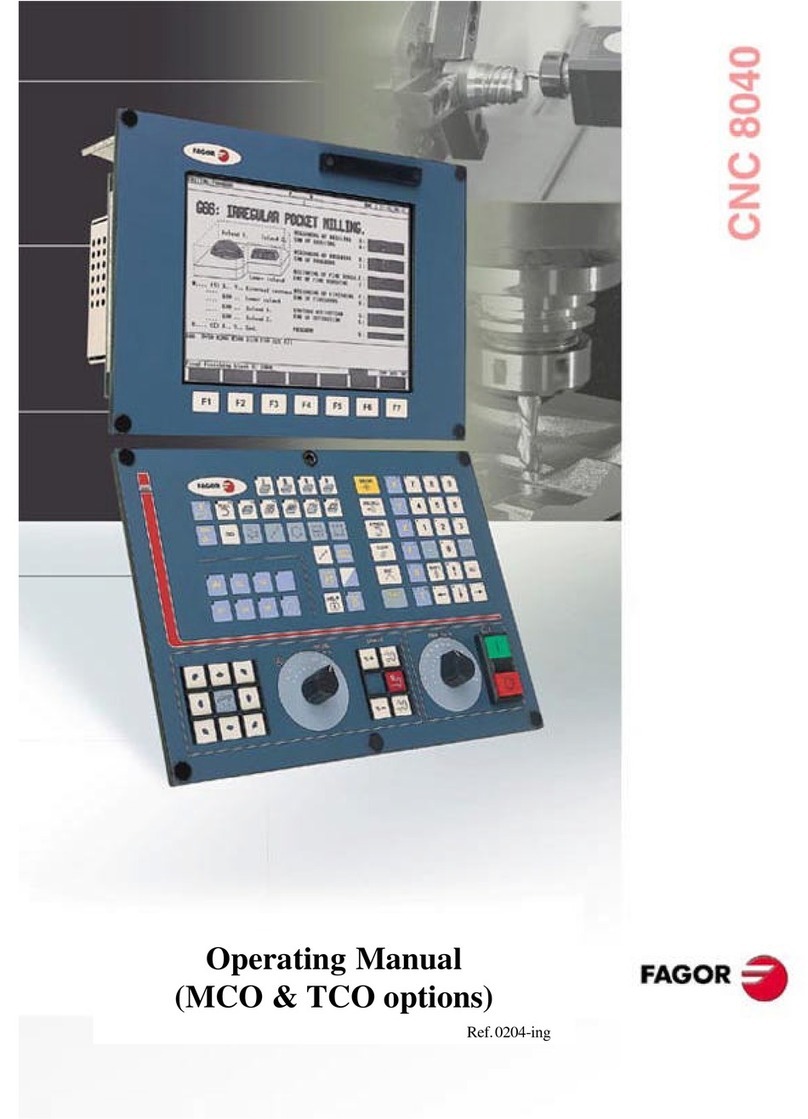
Contents
i
CP-20A Instruction Manual
Contents
Introduction.........................................................................................................1
Applicability Notice ................................................................................................................. 1
Overview ................................................................................................................................. 1
Executing Switches..............................................................................................4
Executing Switches – Selecting Input First .............................................................................. 4
Executing Switches – Selecting Output First ........................................................................... 6
Changing the Virtual Matrix .................................................................................................... 8
Disconnecting Switches .....................................................................................10
Disconnecting an Input..........................................................................................................10
Disconnecting an Output....................................................................................................... 12
Verifying Signal Status ......................................................................................14
Verifying Input Status............................................................................................................ 14
Verifying Output Status.........................................................................................................16
Executing Presets ..............................................................................................18
Global & Local Presets........................................................................................................... 18
Defining Global Presets.........................................................................................................19
Executing Global Presets....................................................................................................... 21
Adjusting Audio.................................................................................................23
Adjusting Output Volume...................................................................................................... 23
Adjusting Digital Input Gain .................................................................................................. 24
Adjusting LCD Contrast.....................................................................................27
Adjusting Contrast – Main Menu ........................................................................................... 27
Adjusting Contrast – Setup.................................................................................................... 27
Reloading Configuration File.............................................................................29
Checking Software Version ...............................................................................30
Checking Software – Setup ................................................................................................... 30
Installing a CP-20A Remote ...............................................................................31
Connecting to an AMX AutoPatch Router ............................................................................. 31
Applying Power ..................................................................................................................... 33
Rack Installation..................................................................................................................... 34
Linking Multiple Panels.......................................................................................................... 35
Completing the Installation ................................................................................................... 36
System Error Codes...........................................................................................38
Troubleshooting .................................................................................................................... 39
Technical Support.................................................................................................................. 39
